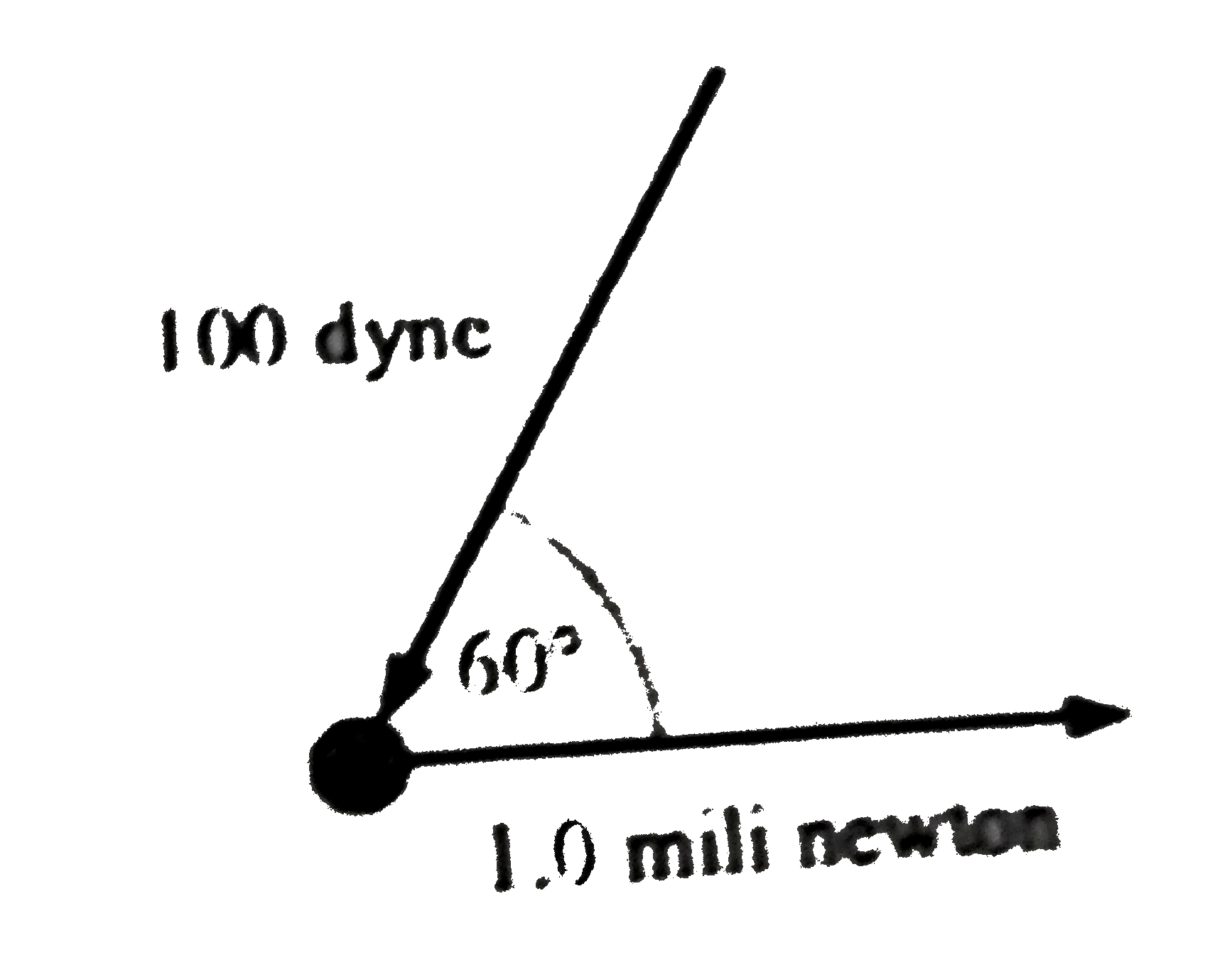1 dyne = ………… newton
105
10−5
107
10−7
The correct Answer is:B
To solve the question "1 dyne = ………… newton", we need to convert the unit of force from dyne (cgs unit) to newton (SI unit). Here’s a step-by-step solution:
Step 1: Understand the Units
- Dyne is the cgs (centimeter-gram-second) unit of force.
- Newton is the SI (meter-kilogram-second) unit of force.
Step 2: Define the Relationship
1 newton (N) is defined as the force required to accelerate a mass of 1 kilogram at a rate of 1 meter per second squared. Mathematically, this can be expressed as:
1N=1kg⋅m/s2
Step 3: Define Dyne
1 dyne is defined as the force required to accelerate a mass of 1 gram at a rate of 1 centimeter per second squared. Mathematically, this can be expressed as:
1dyne=1g⋅cm/s2
Step 4: Convert Units
Now, we need to convert grams to kilograms and centimeters to meters:
- 1g=10−3kg
- 1cm=10−2m
Step 5: Substitute the Values
Substituting the conversions into the dyne equation:
1dyne=(10−3kg)⋅(10−2m/s2)
1dyne=10−3kg⋅10−2m/s2
1dyne=10−5kg⋅m/s2
Step 6: Relate Dyne to Newton
Since 1N=1kg⋅m/s2, we can express dyne in terms of newton:
1dyne=10−5N
Final Answer
Thus, we conclude that:
1dyne=10−5newton
- Dyne is the cgs (centimeter-gram-second) unit of force.
- Newton is the SI (meter-kilogram-second) unit of force.
1 newton (N) is defined as the force required to accelerate a mass of 1 kilogram at a rate of 1 meter per second squared. Mathematically, this can be expressed as:
1N=1kg⋅m/s2
1 dyne is defined as the force required to accelerate a mass of 1 gram at a rate of 1 centimeter per second squared. Mathematically, this can be expressed as:
1dyne=1g⋅cm/s2
Now, we need to convert grams to kilograms and centimeters to meters:
- 1g=10−3kg
- 1cm=10−2m
Substituting the conversions into the dyne equation:
1dyne=(10−3kg)⋅(10−2m/s2)
1dyne=10−3kg⋅10−2m/s2
1dyne=10−5kg⋅m/s2
Since 1N=1kg⋅m/s2, we can express dyne in terms of newton:
1dyne=10−5N
Thus, we conclude that:
1dyne=10−5newton
Similar Questions
Knowledge Check
100 dyne cm is equal to .............. Nm.
A105B10−5C0D0.001
Define one newton.
View SolutionThe vector sum of the forces of 10 newton and 6 newton can be:
View SolutionThe vector sum of the forces of 10 newton and 6 newton can be:
View SolutionA force of 72 dyne is inclined to the horizontal at an angle of 60∘. Find the acceleration in a mass of 9 g, which moves in a horizontal direction.
View SolutionConvert 1 newton (SI unit of force) into dyne (CGS unit of force)
View SolutionThe SI units of force is newton such that 1N=1kg ms−2. In C.G.S. system, force is expressed in dyne.
How many dyne of force is equivalent to a force of 5 N?
View SolutionTwo forces act on a particle simultaneously as shown in the figure. Find net force in milli newton on the particle. [Dyne is the CGS unit of forces ]

View Solution
